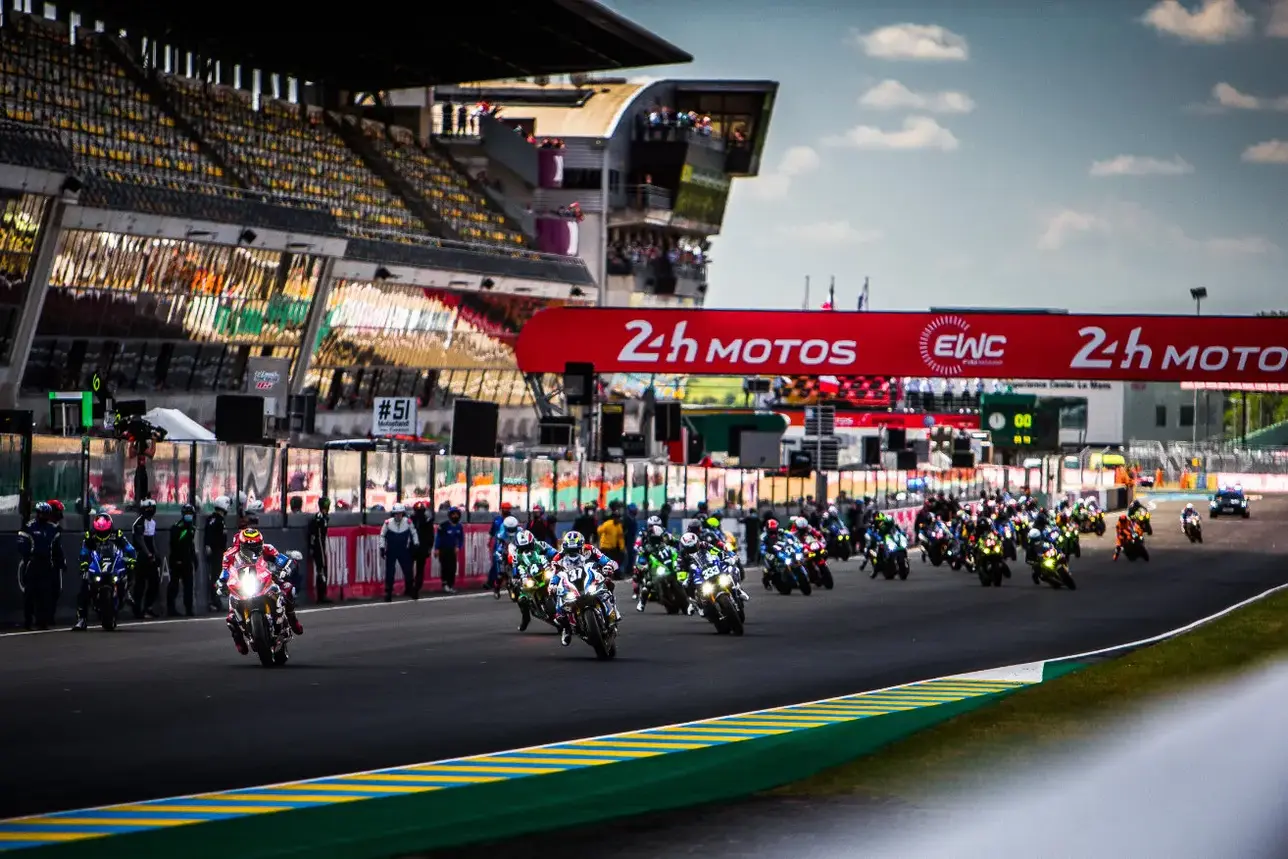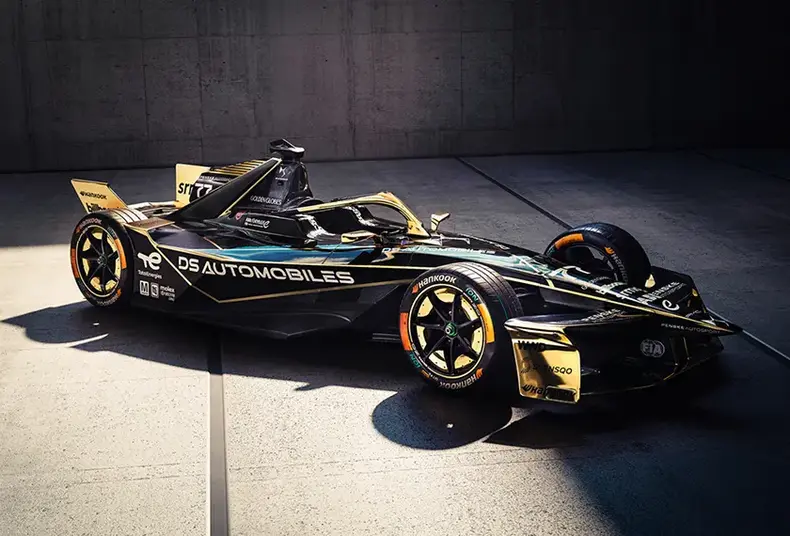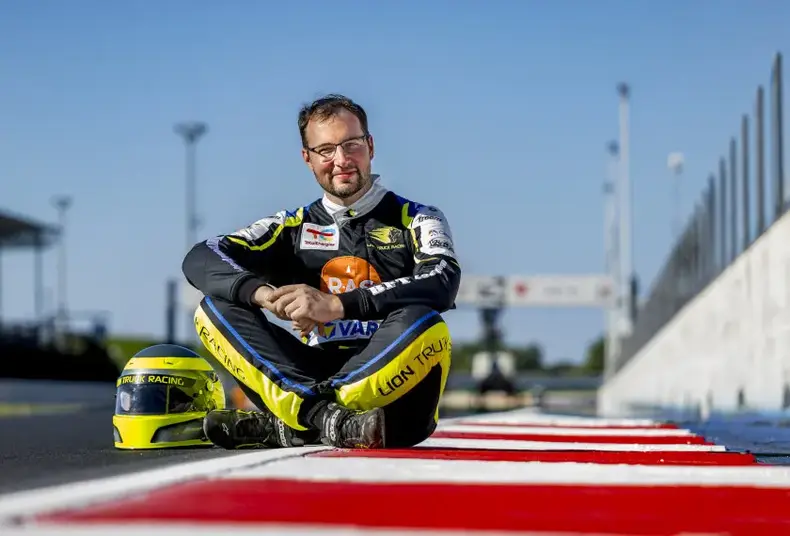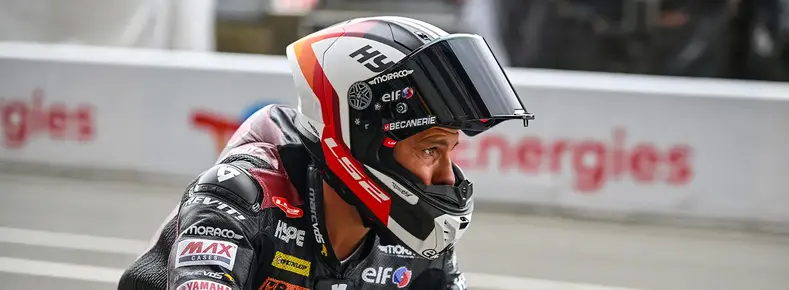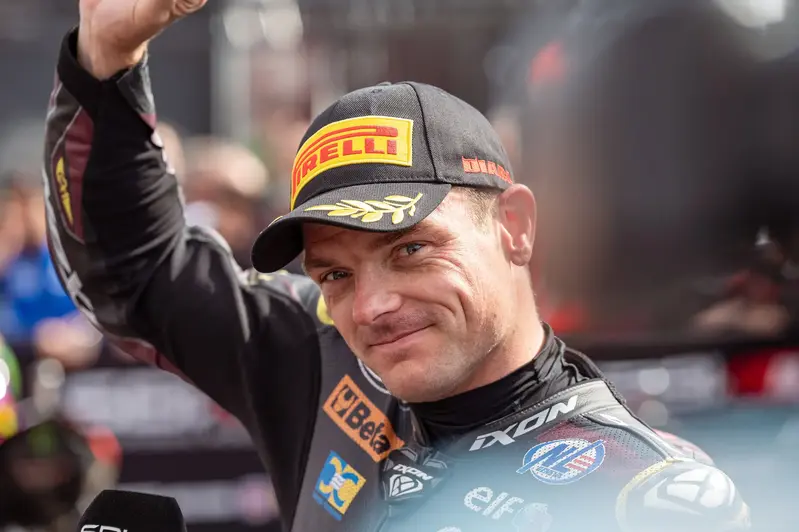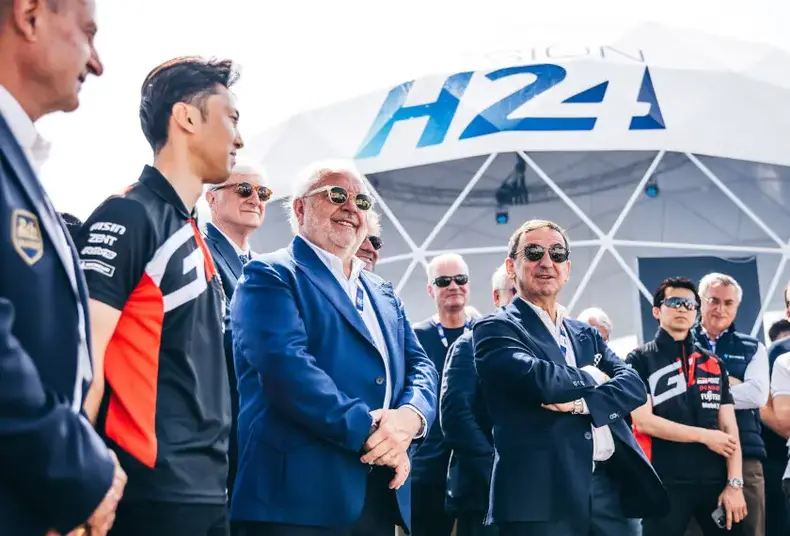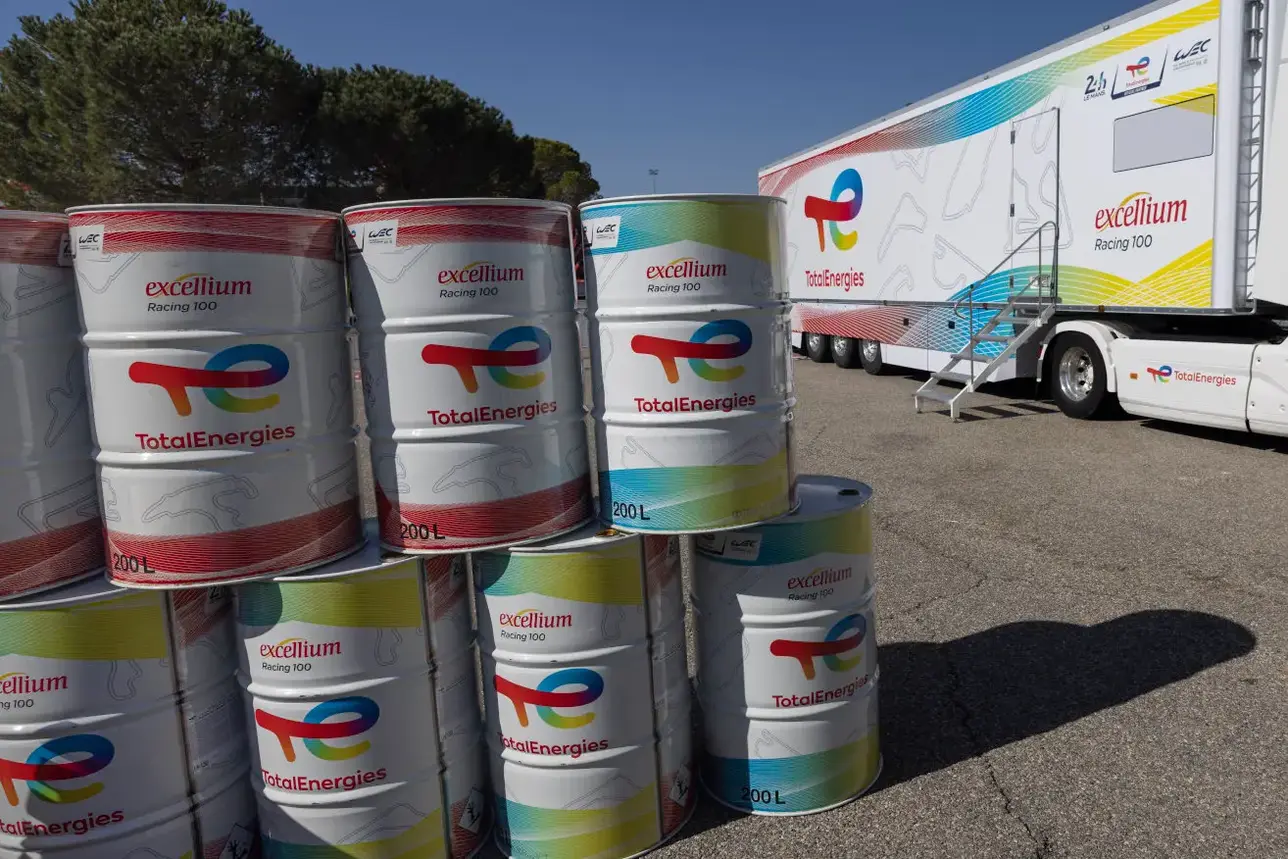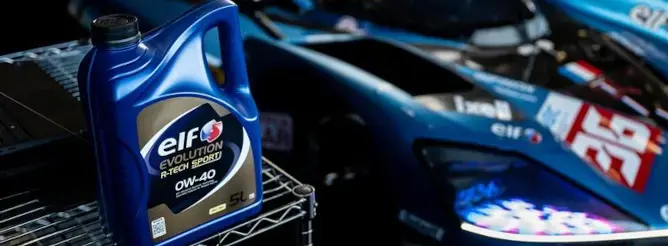Welcome to the TotalEnergies Competition website, the demonstration of TotalEnergies' excellence in auto and motorsport racing.
For more than 50 years, we have been passionately involved in the world's most demanding motorsport competitions, supporting teams at the cutting edge of performance in their quest for the highest honours…
More news
Latest motorsport and motorbike racing news
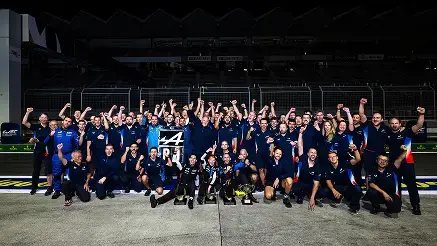

Our commitments towards new energies

Formula E - Electric
Launched in 2014, the ABB FIA Formula E World Championship is now a major global motorsports event. Starting in 2020-2021, its seventh season, the series switched status and became a world championship.
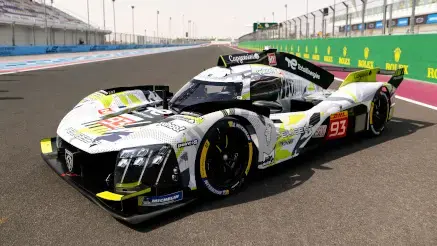
WEC - Biofuel
TotalEnergies is the multi-energy partner and official fuel supplier of the FIA World Endurance Championship (WEC), of which the 24 Hours of Le Mans is the undeniable highlight.
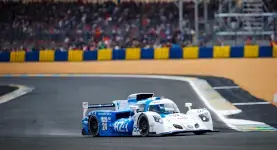
MissionH24 - Hydrogen
Launched in 2018, MissionH24 is a collaborative project between the Automobile Club de l’Ouest (ACO) and the engineering consultancy H24Project that aims to create a dedicated category for hydrogen-powered in the near future.
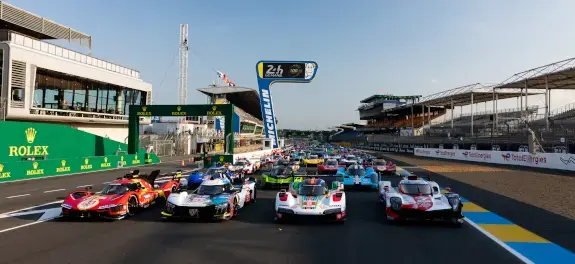
Discover all our commitments in Auto competitions
Formule E, MissionH24, WEC, ELMS, ALMS, Opel Electric Rally Cup.
